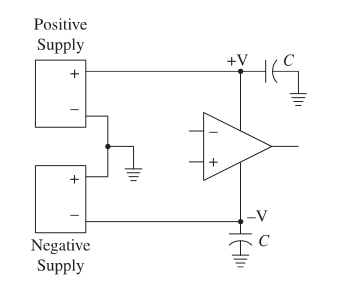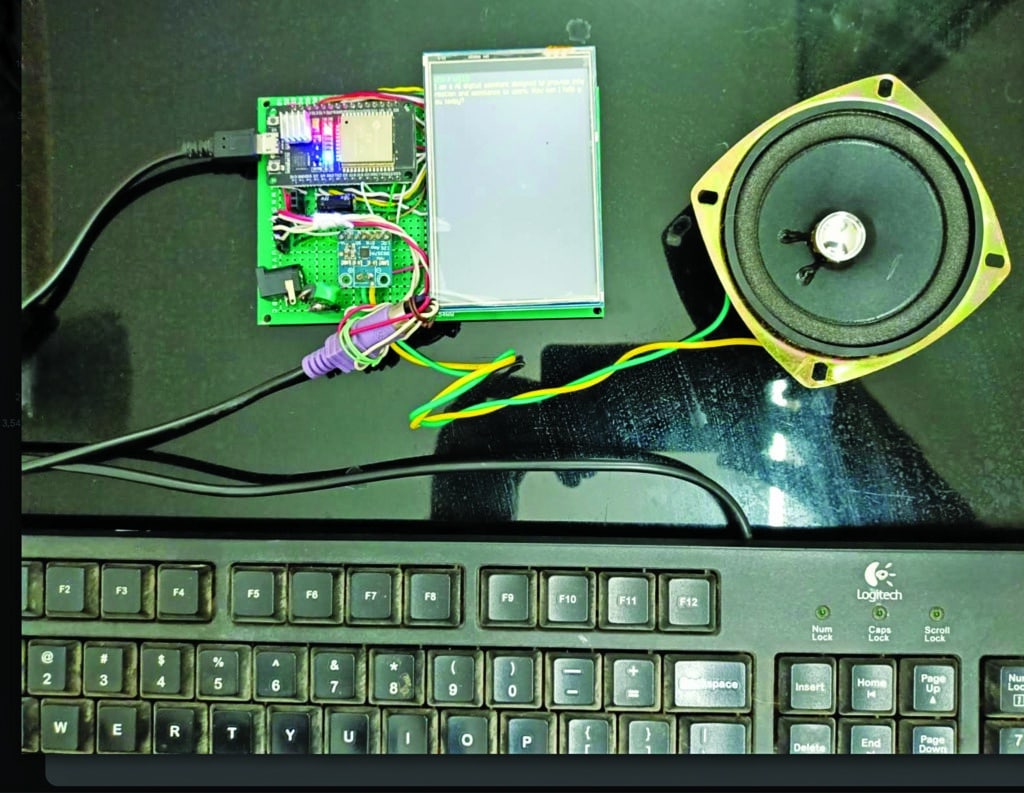The NEH2000BY PMIC from Nexperia harvests energy generated by a photovoltaic cell to recharge the batteries of IoT and other embedded devices. Designers can use the PMIC to develop electronic devices that are self-powered, smaller, and environmentally friendly.
![]()
The NEH2000BY has a harvesting power range of 35 µW to 2 mW. It does not require an external inductor, simplifying PCB design and reducing overall BOM and board size. The part uses a maximum power point tracking (MPPT) algorithm to deliver maximum power to the load. MPPT is an adaptive algorithm that optimizes how it transfers harvested energy to achieve optimum conversion efficiency. Combining speed and accuracy, MPPT allows the PMIC to adapt to environmental changes in less than a second.
Energy-harvesting devices, such as the NEH2000BY, enable economical energy harvesting from various ambient sources in applications consuming up to several milliwatts of power. Use cases include wireless IoT nodes, wearable smart tags, and electronic shelf labels.
Housed in a 16-lead, 3×3-mm QFN package, the NEH2000BY energy-harvesting PMIC costs $1.44 in lots of 1000 units. It can be purchased online from Nexperia or through distributor Mouser Electronics.
Find more datasheets on products like this one at Datasheets.com, searchable by category, part #, description, manufacturer, and more.






